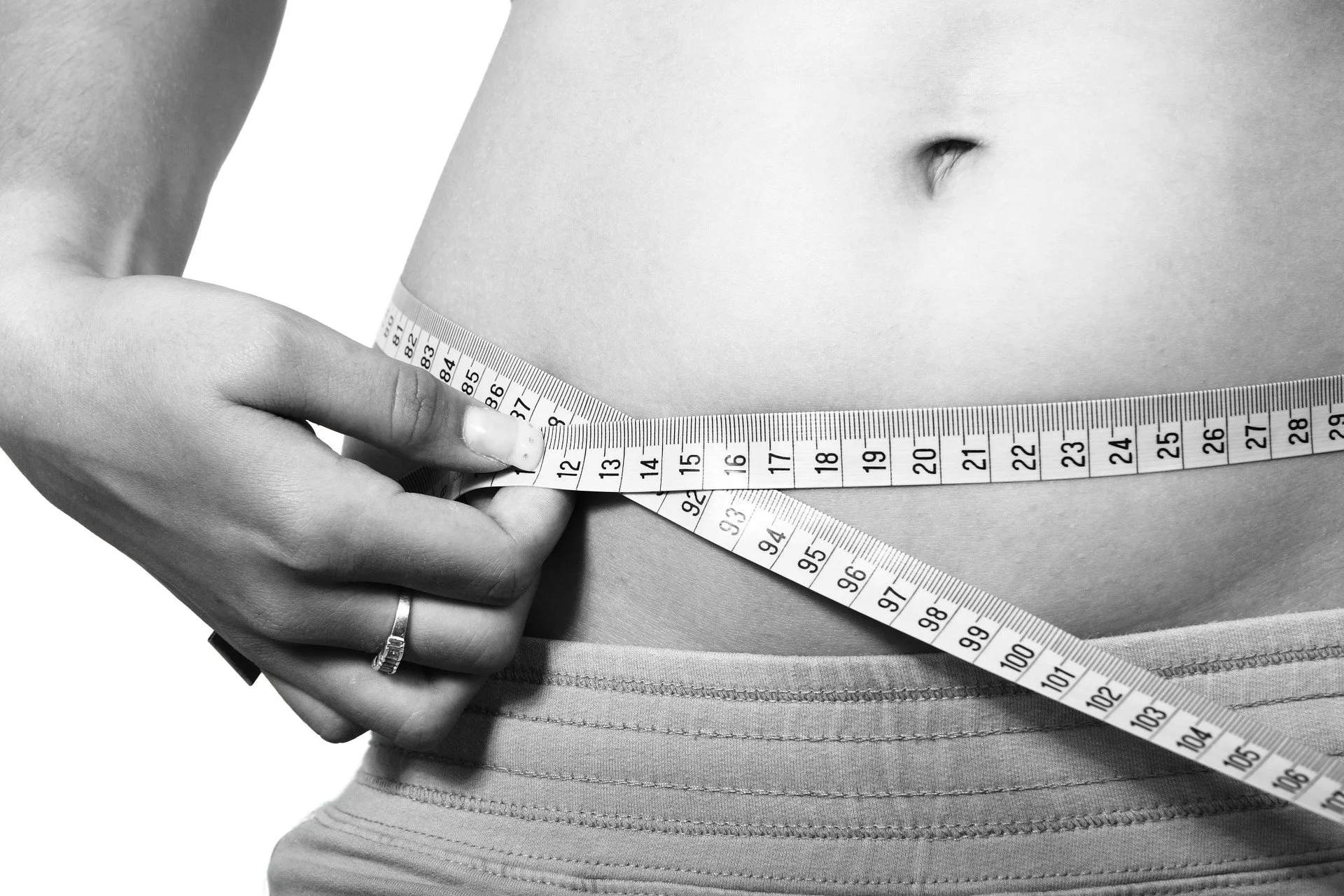Thanks to the rise of social media, coupled with celebrity endorsements, the waist trainer has become a part of everyday life as many women attempt to lose weight and embrace a more hourglass figure.
Unfortunately, as many things popularized by influencers and celebrities with too big a platform, waist trainers aren’t only not effective, but they’re also not necessarily safe. As trendy as they are, waist trainers can be dangerous and risky to your health.
What is a waist trainer?
We all know what a corset is, and waist trainers are a modified version of that. They are usually made out of Velcro, lacing, or any other strong fasteners that can hold the trainer tightly in place.
Waist trainers are aimed at giving your body a better shape by shrinking your waist size and accentuating your curves. You’re supposed to wear them every day for months until your body eventually retains the shape on its own thus you’re ‘training’ your body into a slimmer shape.
Do they work?
Obviously, if you wrap tightly around your waist over a long period of time, you will notice a reduction in waist size or circumference. However, that doesn’t necessarily mean that waist trainers are an effective way to slim down your figure.
For one, waist trainers do not reduce body fat. Therefore, the effects that you think you’re noticing all comes down to the squeezing and shrinking that the waist trainer is doing, and these effects will soon wear off.
In fact, one study that looked at the effect of waist training on weight loss had inconclusive results. The reason? The majority of the participants gave up wearing a corset due to discomfort.
What about postpartum support?
Now, while waist trainers may not be the best route to take for weight loss, they may be effective in providing postpartum support to women. According to a study published in the International Journal of Gynaecology and Obstetrics, women who wore a waist support garment after a c-section experienced less pain and bleeding than those who did not wear one.
The risks of waist training
1. Harmful for your organs
As mentioned, a waist trainer squeezes your torso, and this can be quite harmful to your organs, particularly your liver and kidneys. It can shift them into unnatural positions, which then affects blood and oxygen flow which of course can lead to potential organ damage.
2. You’ll get acid reflex
Waist trainers press on both your chest area and stomach and this can also increase your chance of heartburn and indigestion. Aside from the obvious discomfort, chronic acid reflux can also damage the walls of the esophagus.
3. Skin irritation
Waist trainers are often made from synthetic fabrics and tightly fastening them to your skin for a prolonged period of time can cause chafing. What’s more, waist trainers tend to trap moisture and this can create a great breeding ground for bacteria.
4. It’ll be harder to breathe
According to the American Board of Cosmetic Surgery (ABCS), wearing a waist trainer can reduce lung capacity by 30–60%. Additionally, a 2018 report found that participants who wore waist trainers displayed shortness of breath.
Wearing a waist trainer restricts your diaphragm, which then reduces the amount of oxygen you breathe in, leaving you feeling short of breath. This can cause lightheadedness and even cause you to faint.
5. Meralgia paresthetica(nerve damage)
Waist trainers, as well as tight jeans and clothing, may cause nerve damage.
Waist trainers put extreme pressure on nerves that run into the thighs and this can lead to numbness and tingling in the outer thigh.
The Best Ways to Shape Your Waist
There are two safer and more effective ways of shaping your waist and that’s through diet and exercise.
In terms of exercise, abdominal exercises that can help to create a smaller waistline include:
- Side plank hip lifts
- Bicycle crunches
- Leg raises
- Hip abductions
From a dietary perspective, the Mediterranean diet, as well as other diets high in healthy fats and protein, and low in processed foods and refined carbohydrates can help to minimize your waistline.
What if I still want to use a waist trainer?
Granted, we can’t force you to stop using waist trainers so if you still want to wear a waist trainer, there are ways to limit your risk of complications.
For one, try not to wear it on a daily basis. Rather, only wear it under your clothes during a special night out. That said, make sure to wear your waist trainer loosely and if you start to feel dizzy or short of breath, take it off immediately.
Want to know more?
Face masks are part of the new normal, so if you’re a fitness freak, then you need to learn how to exercise with a face mask so that you can stay both fit and safe.
References
Ghana, S., Hakimi, S., Mirghafourvand, M., Abbasalizadeh, F., Behnampour, N. (2017). Randomized controlled trial of abdominal binders for postoperative pain, distress, and blood loss after cesarean delivery. . 137. 10.1002/ijgo.12134.
Green, T., Roby, A. (2018). The Effect of Waist Trainers on Breathing, Respiratory Care Oct, 63 (Suppl 10) 3012838
Wikstrand, I., Torgerson, J., Boström, K. (2010) Very low calorie diet (VLCD) followed by a randomized trial of corset treatment for obesity in primary care, Scandinavian Journal of Primary Health Care, 28:2, 89-94, DOI: 10.3109/02813431003778540





![women [longevity live]](https://longevitylive.com/wp-content/uploads/2020/01/photo-of-women-walking-down-the-street-1116984-100x100.jpg)











nice